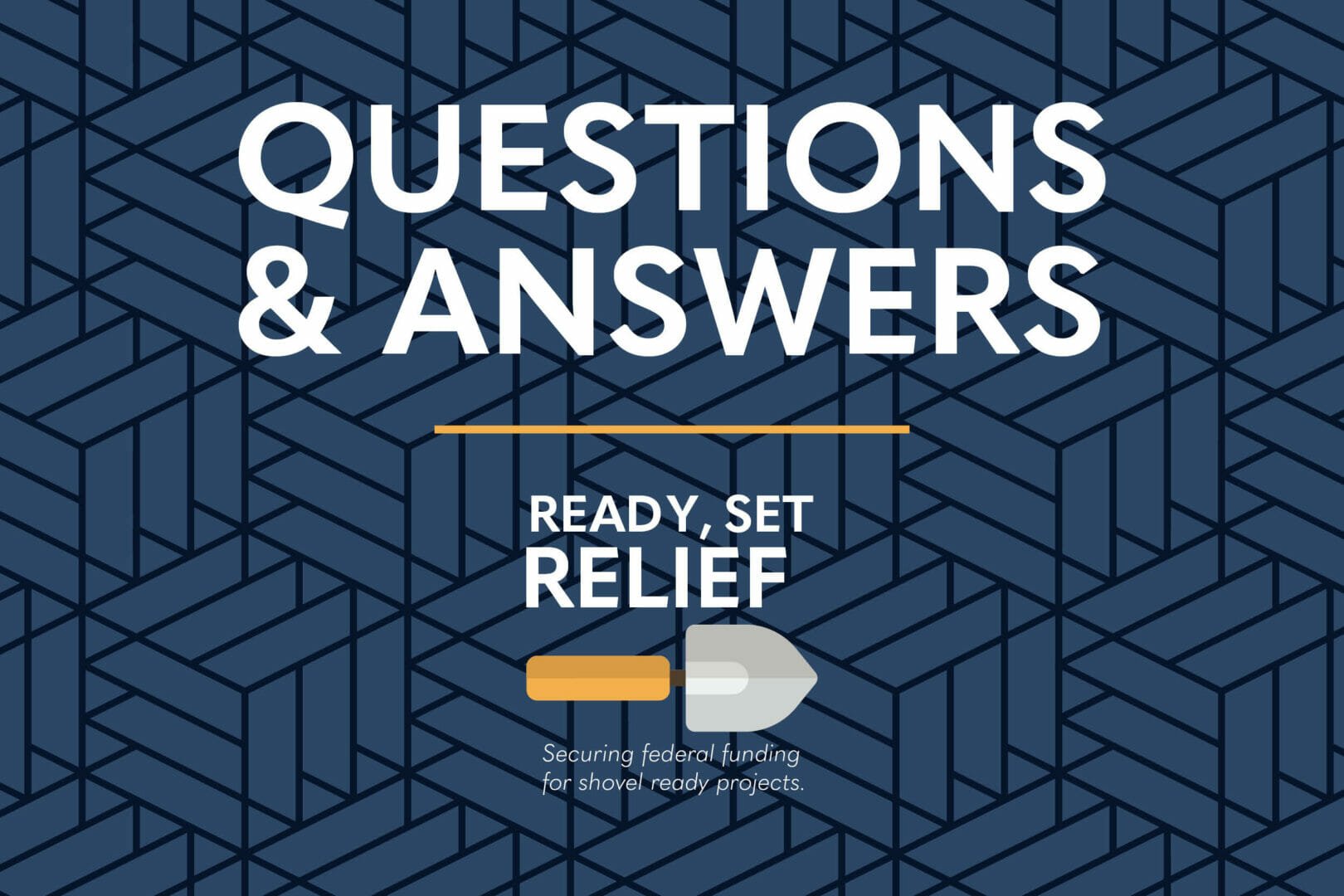Q&A about ESSER Funding
After the first installment of our Ready, Set, Relief webinar, we received many questions from attendees about this federal funding, what it can be used for, and the next steps they need to take to secure it. The questions, and our responses to these, can be found below.
A: Eligible recipients are Local Educational Agencies (LEAs) including school districts and charter schools. Funding amounts are based on Title I, Part A funding formulas for the prior year of reporting.
A: This could be considered a potential learning loss strategy if you can demonstrate students will receive more services if there are less students in the classroom. This may also qualify as a COVID-related expense if you are distancing students per CDC guidelines.
A: Yes, roof top units can be addressed as well as other HVAC equipment to ASHRAE minimums. Caution: look at lifecycle basis and energy costs.
A: Per item. The federal guidelines for construction or equipment procurement apply. Expenses of $5,000 or greater will need prior approval and are based per item or unit.
A: Application materials and budget worksheets are now available for Minnesota recipients through the SERVS Financial System. Use this Link to Enter SERVS Financial System.
A: Section 421 of the General Education Provisions Act (GEPA), commonly referred to as the “Tydings amendment” provides that any funds appropriated for an applicable program that are not obligated and expended by the recipient educational agencies and institutions before the end of the fiscal year shall remain available for obligation and expenditure for one additional fiscal year.
A: No. Federal funds cannot be used for capital improvements in leased spaces.
A: Yes, (this portion below is taken from North Dakota website and needs to be condensed into a phrase that all capital improvement/construction projects are subject to federal rules for procurement, construction, prevailing wage rules and Americans with Disabilities Act)
- Procurement – 2 CFR § 200.317-327
- Construction – 34 CFR § 75.600-617
- Davis-Bacon prevailing wage rules – 20 U.S. Code § 1232b
- Uniform Grant Guidance Rules – 2 CFR § 200.310-316
- Prior approval rules – 2 CFR § 200.439
- Rules on real property – 2 CFR § 200.311
- Rules on financing costs – 2 CFR § 200.449
- EDGAR construction rules – 34 CFR § 76.660, 34 CFR §§ 75.600-75.617
- Construction projects are also subject to the Americans with Disabilities Act
A: The allowable uses of ESSER II and III funds is very broad. If a district is able to justify the use of the funds as COVID-19 related, it could be considered an allowable use of funds. If by renovating a section of the building, students are better able to social distance, this could be considered an allowable use of funds.
A: Yes, everything a district does with ESSER I, II and III funds must be justifiable to an auditor as COVID-related. A district must be able to document how all of these expenditures are COVID-related.
A: The CARES Act requires entities that receive more than $150,000 in CARES Act funds to report certain information about their spending quarterly (including how much they received, what projects they supported with CARES Act funds, how much they spent on each project, and information about sub-grants and contracts).
